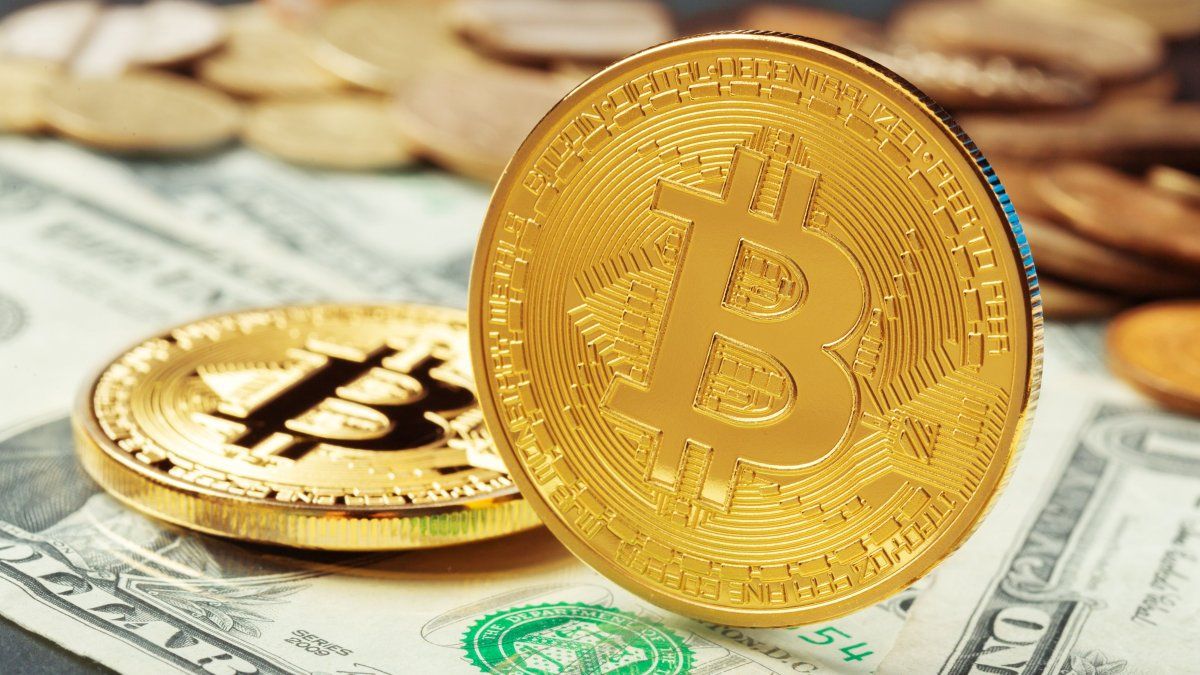Late into the evening of next Sunday, when the first results of the runoff that will define the next president, all eyes will rest on the so-called “digital dollar”. It is that, by operating 24 hours a day, seven days a week, its price can serve as a reference to know what will be the market reaction after the elections, as happened after the PASSED.
Meanwhile, in the previous, The demand for stablecoins – digital currencies that maintain parity with the dollar – remains stable. This was stated by different virtual wallets, who highlighted that they continue to be the most purchased cryptocurrencies by Argentines, but that during this week did not register a sharp jump in its operations.
There are various readings that can be done to analyze said calm in this market. On the one hand, it can be attributed to the tranquility that the blue dollar had been experiencing (at least until this Wednesday). On the other hand, following the launch of the crawling pegthe possibility of a sharp jump in the official exchange rate after the runoff also seems to be diluted.
And, also, it could be that after the debate and based on some surveys, part of the market thinks that the dollarization proposed by Javier Milei is further away than was believed before the first round.
In that scenario, Guillermo Escuderomanager of Global Strategic Alliances at Cryptomarket, analyzed: “The exchange market has calmed down in recent weeks as a result of the control that there was by AFIP, leaving a more ‘calm’ informal exchange rate.”. Beyond this, the crypto dollar continues to operate normally, but with a drop in transactions given that, precisely, the exchange rate is calm”.
“Anyway, The number of registered users on the platform remains high and stablecoin purchases continue to be the most sought after product in the crypto market.beyond the fact that we are in an upward trend of bitcoin and altcoins, which generates greater attractiveness of platforms like CryptoMarket,” Escudero highlighted to Ámbito, and detailed that in the last three weeks, purchases of stablecoins represented 50% of the total purchases on the platform, without registering greater increases, “but neither decreases.”
Along the same lines, from Satoshi Tango They indicated to this medium that so far this week “No peaks or decrease in surgery were noted.” “Operations are normal, both in stablecoins and in other types of currencies. It remains stable, even during this Wednesday with the rise that the blue dollar experienced,” they highlighted, although they clarified: “Many users, at least according to what was seen in the last elections, usually appear during the weekend and even the same Sunday: when the first results of the elections appear, the peak of operations usually occurs.”
Stablecoins, the “preferred” ones for Argentines
Stable cryptocurrencies are preferred by Argentine investors, who find in this type of asset a tool to protect their savings from exchange rate volatility and high inflation.
“Factors such as inflation and economic problems, the limited access to traditional financial services, and the monetary crisis, where we already have a blue dollar that surpassed the $1,000 barrier, certainly influence and impact more and more people who opt for a safe environment that is not subject to traditional market conditions or the regulations of the government in power, as is the case with cryptocurrencies. And this is evident: people want to take care of their heritage, not lose it overnight,” Escudero explained.
In fact, according to Cryptomarket data, In the last quarter (August-October) it was observed that the volume grew at a rate of 13% from August to September and almost 20% from September to October.
“With regard to the choice of cryptocurrencies as a refuge against inflation, and according to behavioral indicators of Cryptomarket users, we observe that there is a strong inclination towards the so-called stablecoins, which correspond to cryptocurrencies backed by stable assets,” Escudero explained.
And stablecoins, in this scenario, gained ground with respect to other types of cryptocurrencies. For example, the platform indicated that 52% of the total volume transacted in the last 30 days was with “digital dollars.” Three months ago, it represented 45% and a year ago, 37%.
Source: Ambito




